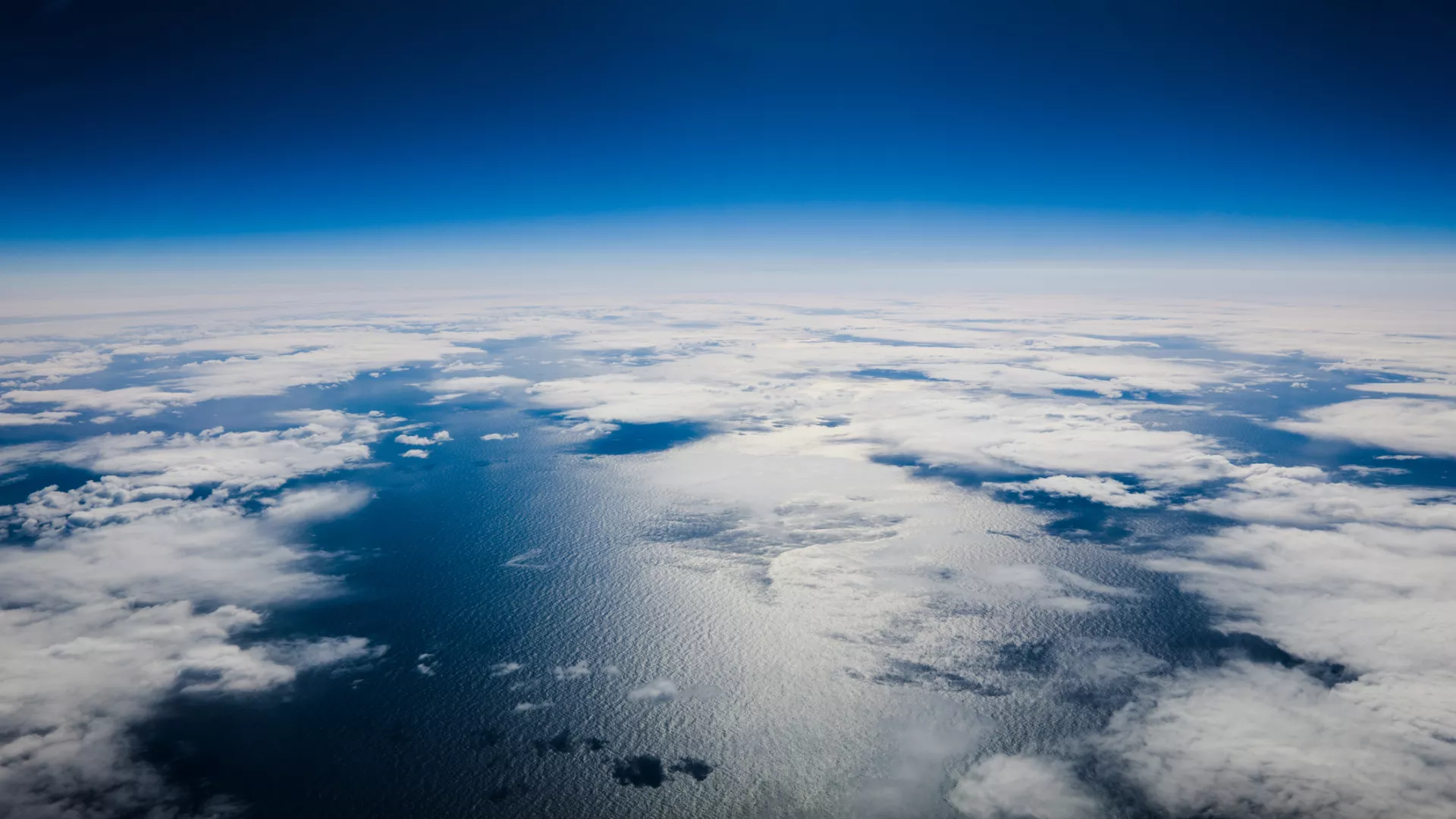Abstract:
Carbon dioxide (CO2) removal (CDR) can be accomplished using seawater as both the source of reactants, and as the reaction medium via electrolysis. This process involves the application of an electric overpotential that splits water to form H+ and OH– ions, producing acidity and alkalinity, i.e., in addition to gaseous co-products, at the anode and cathode, respectively. The alkalinity that results, i.e., via the “continuous electrolytic pH pump” results in the instantaneous precipitation of calcium carbonate (CaCO3), hydrated magnesium carbonates (e.g., nesquehonite: MgCO3·3H2O, hydromagnesite: Mg5(CO3)4(OH)2·4H2O, etc.), and/or magnesium hydroxide (Mg(OH)2) depending on the CO32– ion-activity in solution. This results in the trapping, and hence durable and permanent (at least ~10,000–100,000 years) immobilization of CO2 that was originally dissolved in water, and that is additionally drawn down from the atmosphere within: a) mineral carbonates, and/or b) as solvated bicarbonate (HCO3–) and carbonate (CO32–) ions (i.e., due to the absorption of atmospheric CO2 into seawater having enhanced alkalinity). Taken together, these actions result in the net removal of ≈4.6 kg of CO2 per m3 of seawater catholyte processed. Overall, this analysis provides direct quantifications of the ability of the process to serve as a means for technological CDR to mitigate the worst effects of accelerating climate change.

